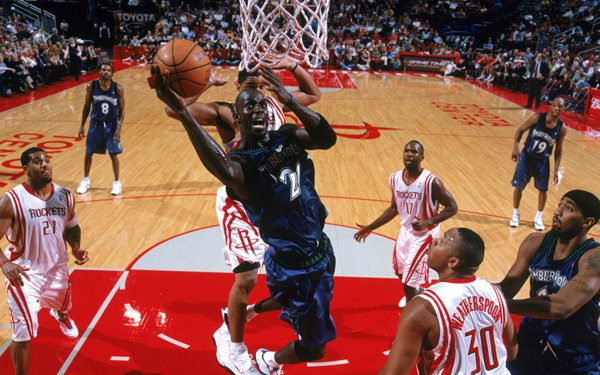
During a typical softball season, in spite of the very best injury prevention plan, some injuries will occur. Most of these will be during practice, and you or another competent adult must provide care as best you can.
Here are some tips to make sure you're ready and equipped for any eventual injuries to your team:
You want to know as much as you can about treating injuries to keep the damage from an injury to a minimum. Consider enrolling in a first aid class and taking a CPR course. You should have a first aid kit at your practices and games (suggested contents below), and know the number of emergency personnel.
Also, it's key to know the answer to the following questions before hitting the field:
As a coach, you should make every effort to expand your knowledge of first aid so that you can minimize the damage from injuries received in practices and games.
Here's a recommended list of items that should be in your first-aid kit:
At some point as a softball coach you're going to come across a twisted ankel or sore arm. In that case it's best to follow the R.I.C.E. system. Below is an overview of the R.I.C.E. Principles for treating injuries:
R-est
Activity should be discontinued as soon as the pain or injury is noticed. Continued exercise may further aggravate the injury.The concept of "no pain, no gain" is replaced with "train, don't strain; if stressed, get rest." The rest should continue until symptoms of pain and injury subside.
I-ce
An ice pack should be applied immediately to a new injury. Ice decompresses swelling and blood flow and reduces pain. Where there is swelling, application should be continued intermittently for 72 hours. Ice should never be applied directly to the skin and the maximum time for each pack application is 20 minutes. Using ice at bedtime is not necessary unless the pain interferes with sleeping.
C-ompression
Initially, a wet wrap can be applied to give compression. Start distal to the injury and wrap toward the heart. Later, an elastic bandage can be used. It should be wrapped firmly, but not tightly enough to cut off circulation around the injured area. During the early stages when swelling is severe, the wrap should be loosened every half hour, then reapplied. Compression reduces swelling and blood pooling. Compression at bedtime is not necessary unless the pain interferes with sleeping.
E-levatation
Elevate the injured part so that it is higher than the heart at all times initially (including during sleep) and whenever possible until swelling has subsided. In this way, gravity prevents pooling of blood and other fluids. See a physician immediately following any major injury.
Buying NBA Tickets in Advance is Hassle Free


How to Fine-Tune your Swimming Technique

Copyright © www.mycheapnfljerseys.com Outdoor sports All Rights Reserved